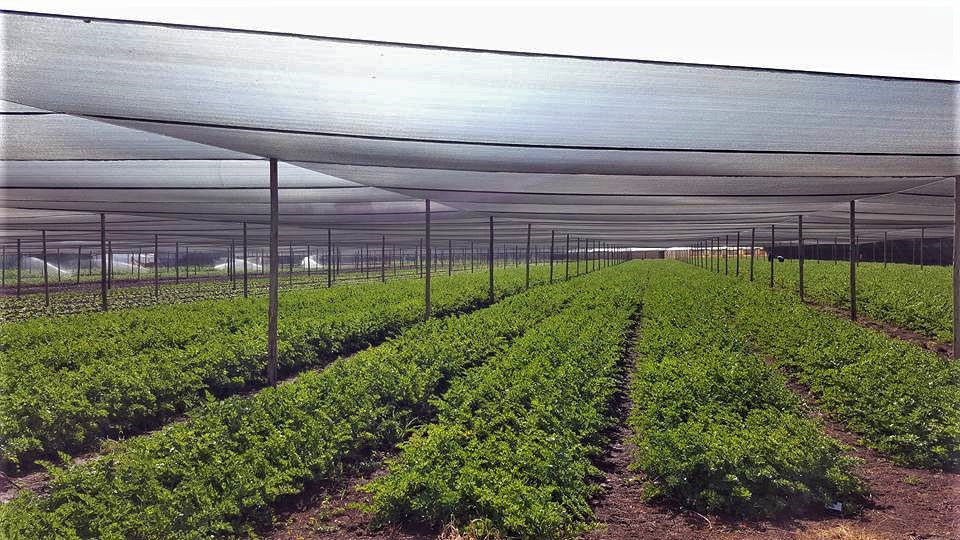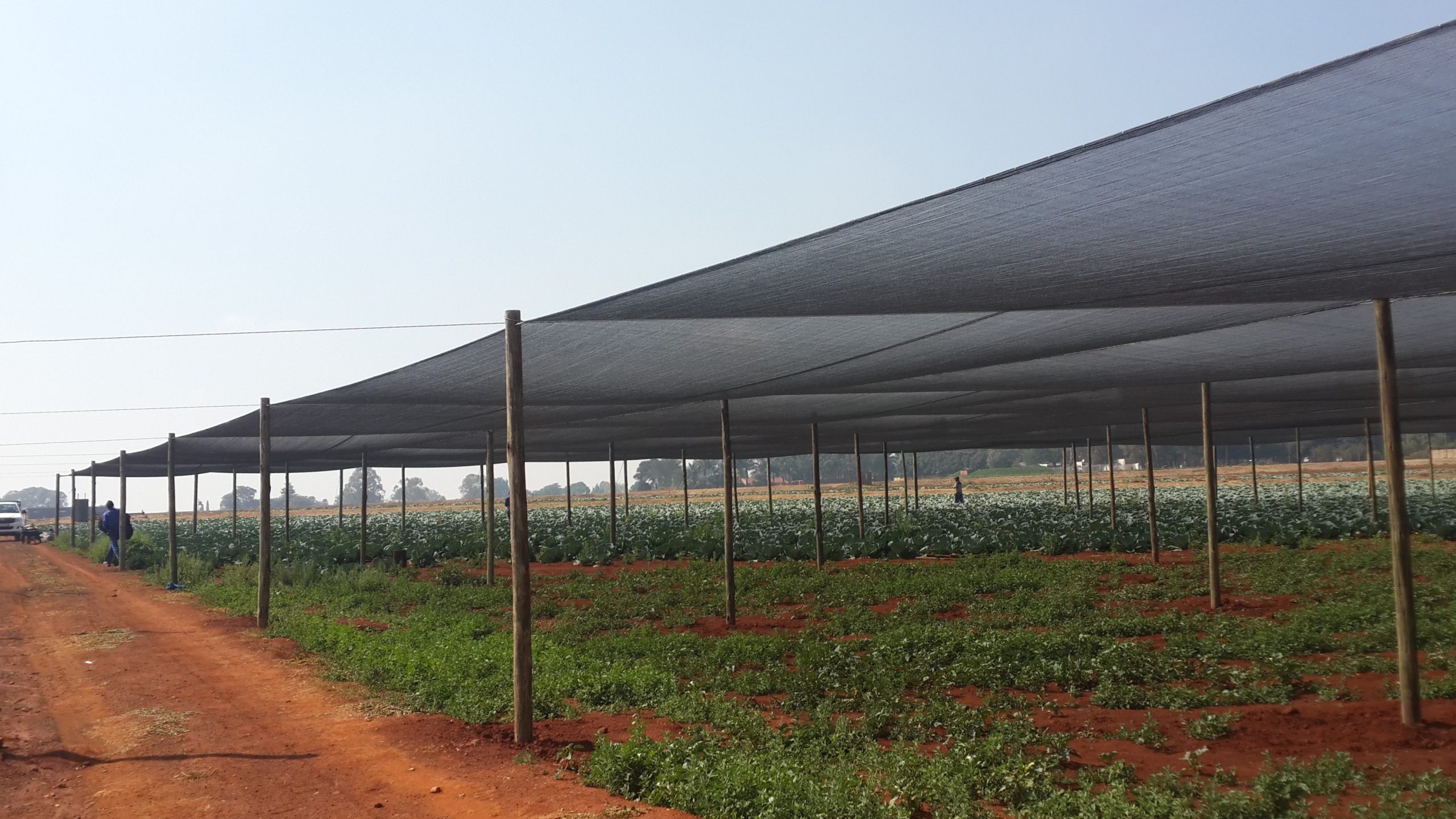In the ever-evolving world of agriculture, finding innovative ways to protect crops from the elements is crucial. One solution that has gained significant traction is agricultural shade netting. This versatile tool not only shields plants from harsh environmental conditions but also enhances their growth and yield.
In this article, we will delve into the numerous benefits of agricultural shade netting, explore how it works, and discuss why it is becoming a staple in modern farming.
What is Agricultural Shade Netting?
Agricultural shade netting is a specially designed fabric used to cover crops, providing them with protection from excessive sunlight, wind, and even certain pests. Made from high-quality, durable materials, these nets are available in various shade percentages, allowing farmers to customise the level of protection based on their specific crop needs.
The Role of Shade Netting in Crop Protection
Shade netting serves as a barrier against extreme weather conditions that could potentially harm crops. By filtering sunlight, it reduces the intensity of solar radiation reaching the plants. This is particularly important in regions with high temperatures and intense sunlight, where crops are at risk of sunburn and heat stress.
Moreover, shade netting helps maintain an optimal microclimate around the plants, promoting healthy growth. By regulating temperature and humidity levels, it creates a conducive environment for crops to thrive.
Key Benefits of Agricultural Shade Netting
Enhanced Crop Growth and Yield
One of the most significant advantages of using agricultural shade netting is its impact on crop growth and yield. By providing plants with protection from harsh sunlight, it allows them to photosynthesize more efficiently. This leads to healthier plants with better growth rates and ultimately, higher yields.
In addition, shade netting minimises water evaporation from the soil, helping retain moisture levels. This is especially beneficial in arid regions where water conservation is critical.
Protection Against Pests and Diseases
Crop protection netting acts as a physical barrier, preventing certain pests from reaching the plants. This reduces the need for chemical pesticides, promoting a more sustainable and environmentally friendly approach to farming.
Furthermore, by maintaining a stable microclimate, shade netting can reduce the prevalence of certain plant diseases. For instance, high humidity levels under the nets can inhibit the growth of fungal diseases, safeguarding the health of the crops.
Energy Efficiency and Cost-Effectiveness
Agricultural shade netting is an energy-efficient solution for crop protection. Unlike traditional methods that rely on energy-intensive systems, shade netting harnesses natural resources to create favourable conditions for plant growth.
From a cost perspective, shade netting is a relatively affordable investment. It requires minimal maintenance and has a long lifespan, making it a cost-effective choice for farmers looking to protect their crops without incurring high operational costs.
Versatility and Customisation
Shade nets are highly versatile and can be adapted to suit different types of crops and farming practices. Available in various sizes and shade percentages, they offer farmers the flexibility to choose the most suitable option for their needs.
Additionally, shade netting can be easily installed and adjusted as required, allowing farmers to respond swiftly to changing weather conditions or crop requirements.

Choosing the Right Agricultural Shade Netting
When selecting agricultural shade netting, it’s essential to consider several factors to ensure optimal performance and benefits.
Assessing Shade Percentage
The shade percentage indicates the amount of sunlight that the net will block. For instance, a 50% shade net will reduce sunlight exposure by half. The choice of shade percentage depends on the specific crop and the local climate. Some crops may require more shade, while others thrive with minimal coverage.
Quality and Durability
Investing in high-quality agricultural shade netting is crucial for long-term benefits. Look for nets made from UV-stabilised materials that can withstand harsh weather conditions and resist degradation over time.
Supplier Reputation
When purchasing shade netting, choose reputable agricultural shade netting suppliers known for their quality products and reliable service. A trustworthy supplier can provide valuable guidance on selecting the right netting and offer support throughout the installation process.
Real-World Applications of Agricultural Shade Netting
Agricultural shade netting is being used worldwide to protect a wide range of crops, from vegetables and fruits to ornamental plants. In regions with extreme weather conditions, farmers have reported significant improvements in crop quality and yield after implementing shade netting solutions.
For instance, tomato farmers in hot climates have successfully reduced sunscald and improved fruit quality by using shade nets. Similarly, flower growers have achieved vibrant blooms and extended flowering periods by regulating light exposure with shade netting.
The Smart Choice for Sustainable Crop Protection
Agricultural shade netting offers a host of benefits for modern farmers seeking to optimise crop production and ensure sustainability. By providing effective protection against environmental stressors, enhancing growth conditions, and promoting eco-friendly practices, shade netting has become an indispensable tool in the agricultural industry.
As you consider incorporating shade netting into your farming operations, remember to evaluate the specific needs of your crops and choose high-quality products from reputable suppliers. By doing so, you can maximise the advantages of this innovative solution and contribute to a more sustainable and productive agricultural future.


0 Comments